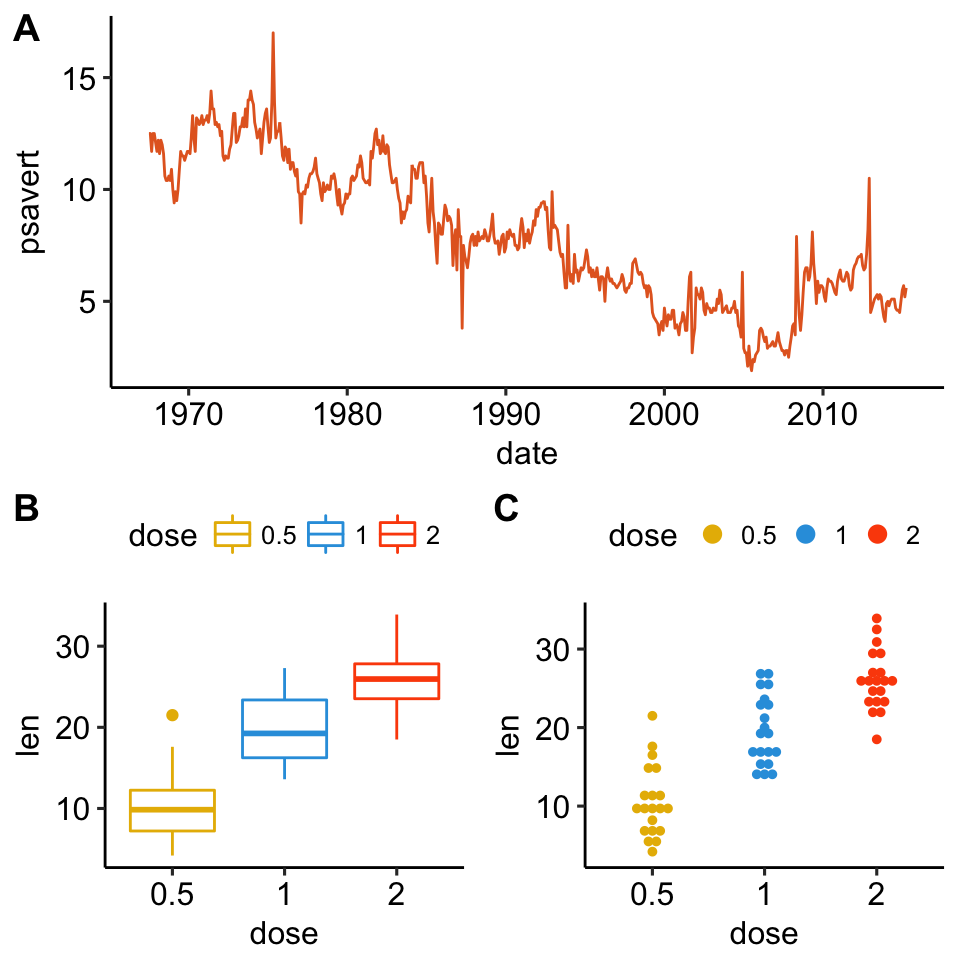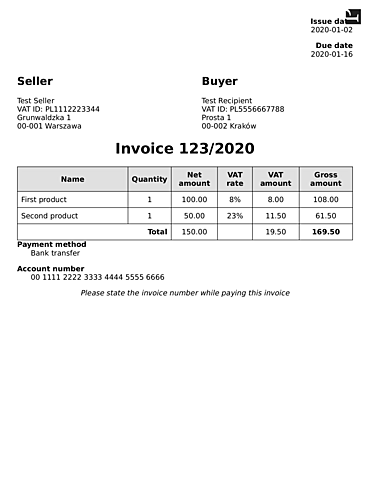

- #Make multi page pdf adobe os x install
- #Make multi page pdf adobe os x manual
- #Make multi page pdf adobe os x archive
- #Make multi page pdf adobe os x code
- #Make multi page pdf adobe os x download
First print a heading using the regular text colour and an Arial 20-point font. $pdf->SetTextColor( $headerColour, $headerColour, $headerColour ) Use the $headerColour configuration variable to set the text colour: Add a new page, then output the page header, which consists of the report name centred at the top of the page using an Arial Regular 17-point font. Now you’ll create the page containing some header text, a heading, and some intro text, followed by a table and chart of sales data.įirst the page header. Now, use Cell() to insert the report name and centre it, as follows: If specified, turns the text cell into a link. Whether the cell background should be filled with colour.Possible values are 'L' (left align), 'C' (centre), or 'R' (right align). Values can be 0 (to the right), 1 (to the start of the next line), or 2 (below). Where to place the current position after drawing the cell.This can be either a number ( 0=no border, 1=border), or a string containing 1 or more of the following: 'L' (left), 'T' (top), 'R' (right), and 'B' (bottom). Whether to draw a border around the cell.If you omit the height then it defaults to zero. If you omit the width then the cell stretches to the right margin. In this case, you’ll use the Cell() method, which, amongst other things, lets you easily centre text.Ĭell() takes the following arguments (all of them optional): There are a few different ways that you can add text using FPDF. If you don’t specify a height for the line break then the height of the last printed cell is used. To do this, use FPDF’s Ln() method, which adds a line break with an optional height value: Since you want the report name to appear just after halfway down the page, you first need to move the current position down to this point, which is 160mm from the top of the page (this is stored in the $reportNameYPos configuration variable). FPDF objects have a concept of “the current position”, which is where the next piece of text or other element will be inserted.
#Make multi page pdf adobe os x manual
See the manual on the FPDF website for details.

You specify this in points (it defaults to 12 points).įor the report name on the title page, use an Arial Bold 24-point font:Īs well as using the standard fonts, you can import any TrueType or Type 1 font using the AddFont() method. You can combine these - for example, 'BU' for bold, underlined text. Options include: '' (regular), 'B' (bold), 'I' (italic), and 'U' (underline). You can use any of the following standard family names: 'Courier', 'Helvetica', 'Arial', 'Times', 'Symbol', or 'ZapfDingbats'. To do this, you call the SetFont() method, which takes the following arguments: $pdf->Image( $logoFile, $logoXPos, $logoYPos, $logoWidth ) įPDF lets you choose the font face, style and size to use for text in the PDF. Save your logo image in the same folder as your PHP script, then insert the image in the PDF as follows:
#Make multi page pdf adobe os x download
You can create your own logo image (make sure it’s 300 DPI) or download my example image. This is optional - if you supply a URL then the image becomes a clickable link.Īll measurements, such as X and Y positions, widths and heights, use the units you specified when you created the PDF (mm in this case). If you omit this value then FPDF guesses the image format from the filename extension. Allowed values include 'JPG', ‘ JPEG', 'PNG' and 'GIF' (upper- or lower-case). If you omit 1 value then the other value is calculated automatically. If you omit both values then the original image dimensions are used (at 72 DPI).
#Make multi page pdf adobe os x archive
To do this, download the FPDF archive file and extract it to a folder within your website.
#Make multi page pdf adobe os x install
To use FPDF, you first need to install the FPDF files on your website.

#Make multi page pdf adobe os x code
If you want to try out the finished PHP script, you can grab the entire code at the end of the article.


 0 kommentar(er)
0 kommentar(er)
